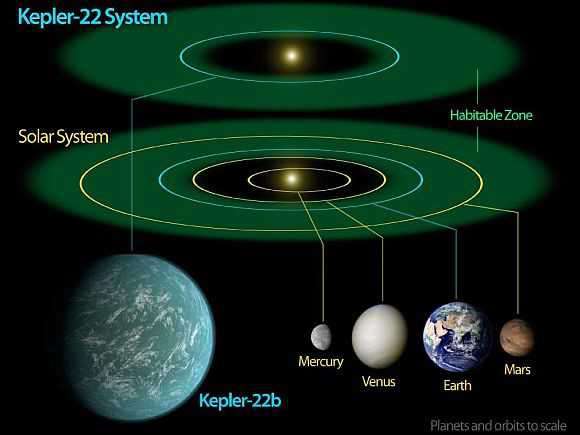As we are observing as well as experiencing storms & thunders with lightning from past few weeks.
Do you know Gamma rays rain down to Earth with rain???
It is true that particles split in the hot belly of a lightning bolt. Radioactive particles decay in the afterglow. Gamma rays rain down to Earth.
“Lightning bolts work as natural particle accelerators" Teruaki Enoto, a physicist at Kyoto University in Japan, proved for this fact for the first time.
- Enoto and his co-authors' results for the first time confirmed the speculation about this phenomenon.
- Back then, scientists suggested that energized, radioactive particles might zip through the booms and flashes of a thunderstorm. Those particles discharge energy at precise wavelengths, which Enoto and colleagues are the first to detect.
Here how Gamma rays rain down to Earth:
- Whenever lightning strike, electrons shoot screamingly fast between clouds and Earth's surface (or between two clouds). But the particles don't travel through empty space.
- Heading forward, they continuously crash into atmospheric gas molecules. All those collisions heat the gas into a state called plasma, which glows with blackbody radiation (a type of electromagnetic radiation given off by some opaque objects).
- Some of the glow of bright flash of lightning can be seen by the people. But some of the emission cannot be detected by the human eye as it takes place at frequencies, including X-rays and gamma-rays which can’t be detected by the human eye can detect.
It has been shown in Enoto's results-
- That those beams of invisible energy are especially the gamma-rays and they excite ambient nitrogen and oxygen in the atmosphere, knocking out neutrons from the molecules the gamma rays encounter.
- In can be further concluded that this process results in nuclear fission. Now, things get really exciting-
- Nitrogen nuclei with 14 neutrons are stable.
- But take one of those neutrons away, and you're left with nitrogen-13, an unstable, radioactive isotope.
- Similarly, there are many examples such as oxygen-16 is stable, but oxygen-15 is not so much.
- Soon, all of the molecules of N-13 and O-15 decay. Each unstable isotope fires off an additional neutrino and positron both are elementary particles with exotic properties.
- The neutrinos stream away, nearly undetectable. But these positions go on to collide with their twin.
- And after this process when matter and antimatter encounter each other, they annihilate in a signature flash of energy.
In this case, this signature which is annihilated by the positrons is a- gamma-ray with the energy of 0.511 mega-electron volts.
And that's what Enoto and his colleagues detected streaming down from a lightning storm, showing that a thunderhead is a giant, natural particle accelerator drifting through the sky.

 Can Eating Too Much ..
Can Eating Too Much ..
 Can Salt Water Quenc..
Can Salt Water Quenc..
 Listen Before You Sp..
Listen Before You Sp..
 Android Evolution..
Android Evolution..
 Dark Energy: The Inv..
Dark Energy: The Inv..
 Weighing A Thought..
Weighing A Thought..
 Exhibiting New Sense..
Exhibiting New Sense..
 Want To Be A Better ..
Want To Be A Better ..



















Comments